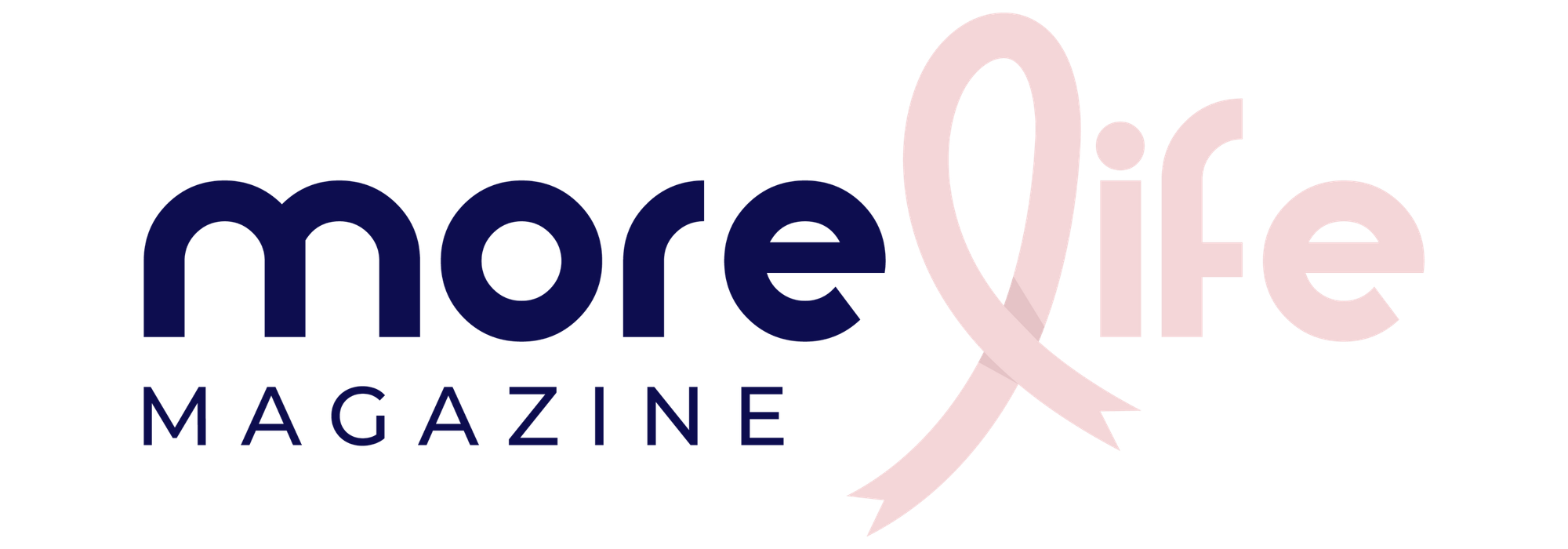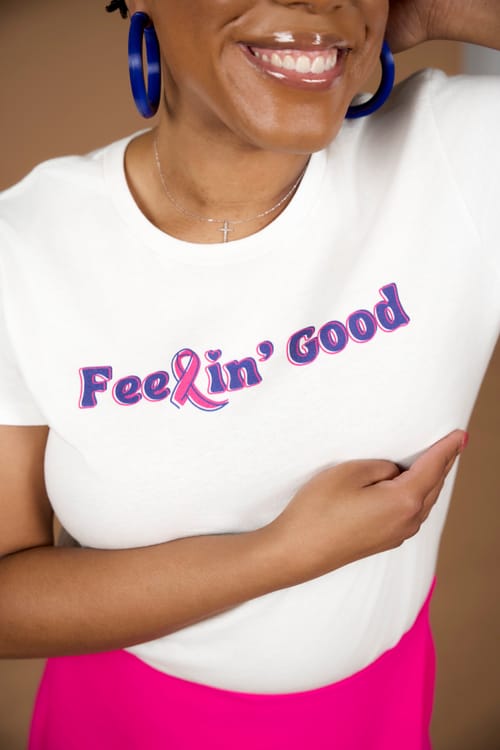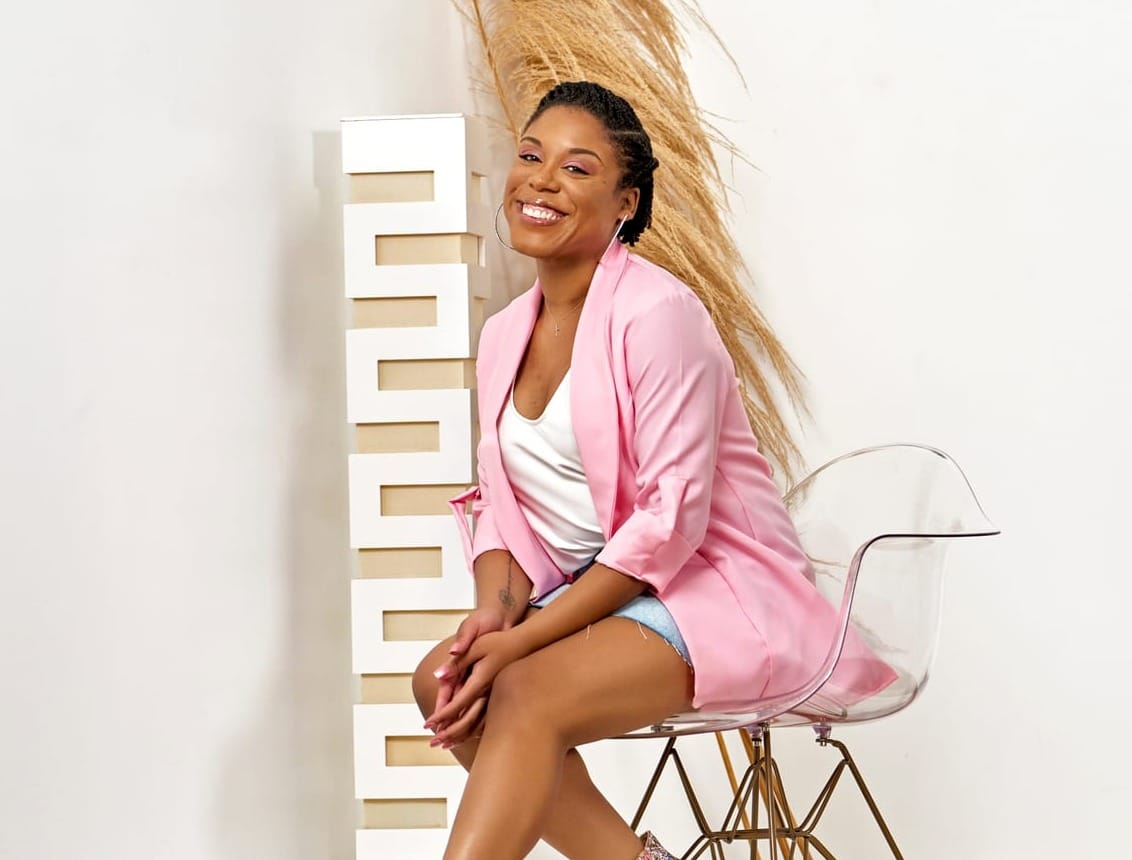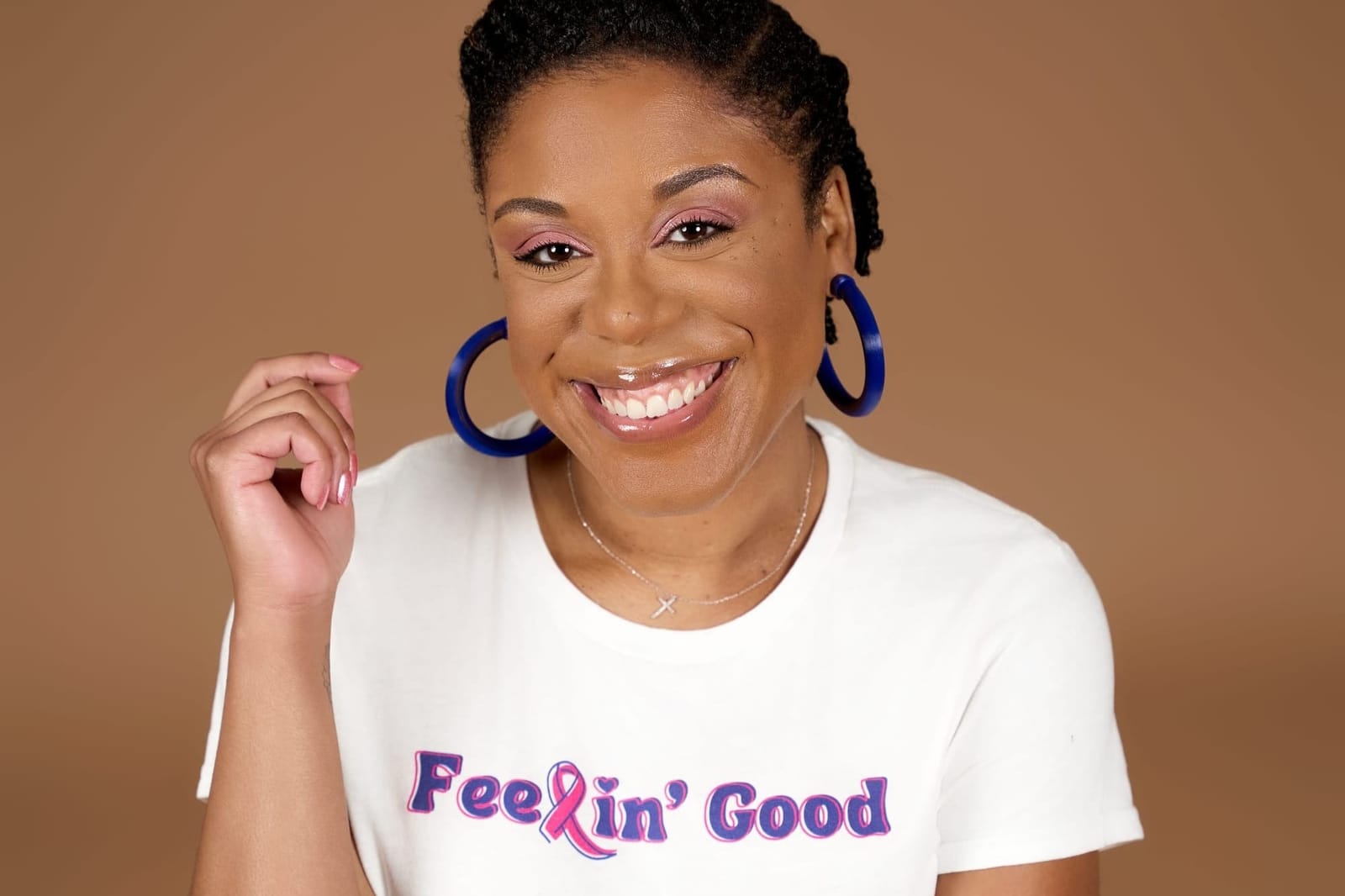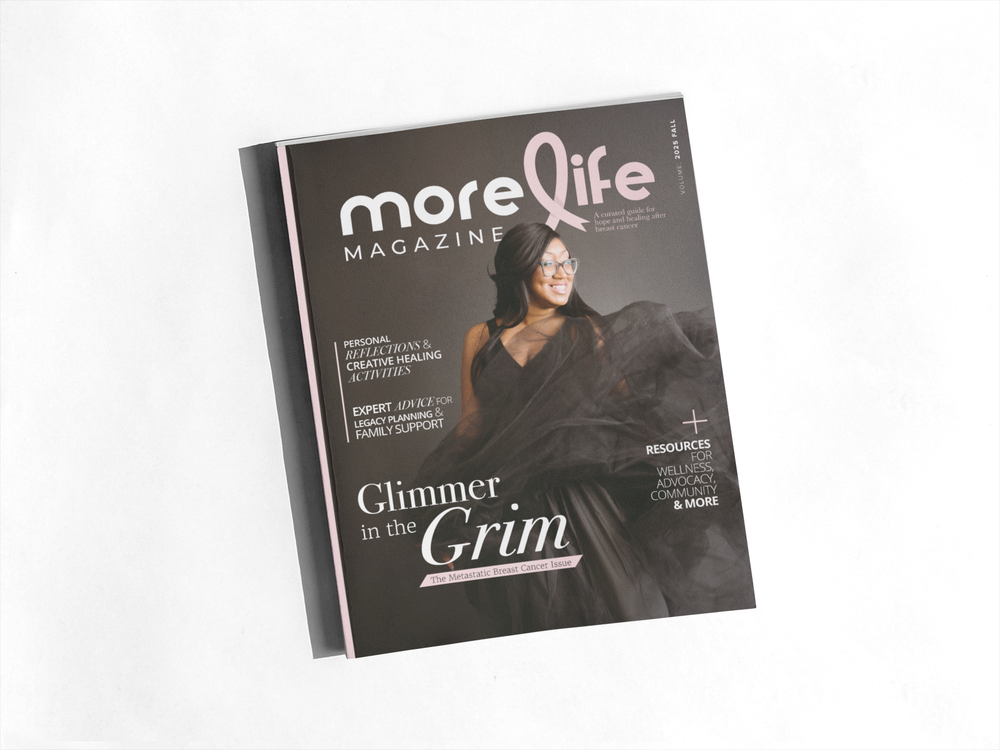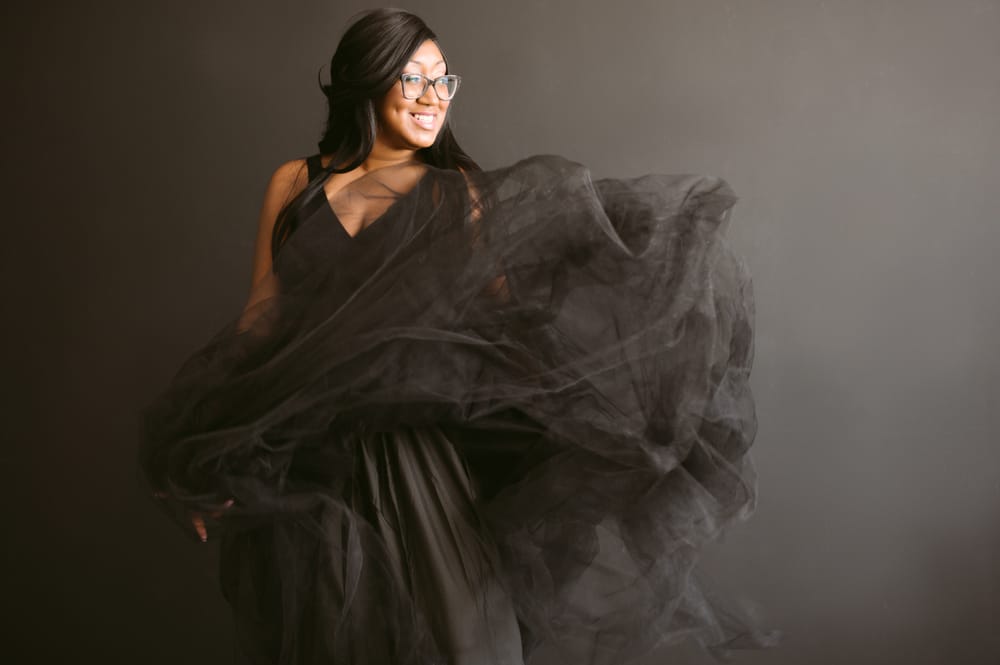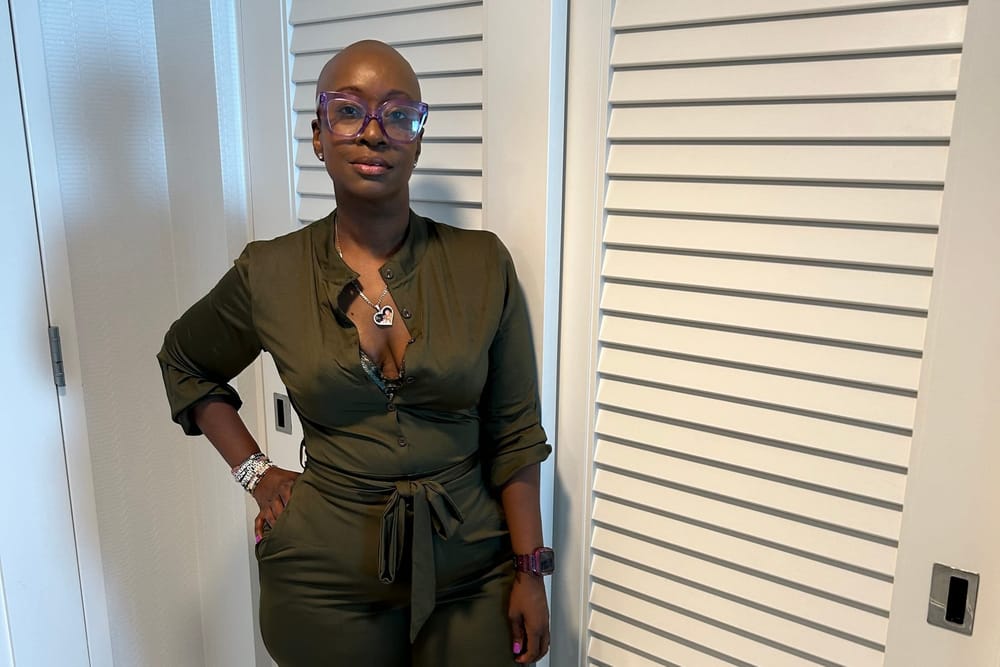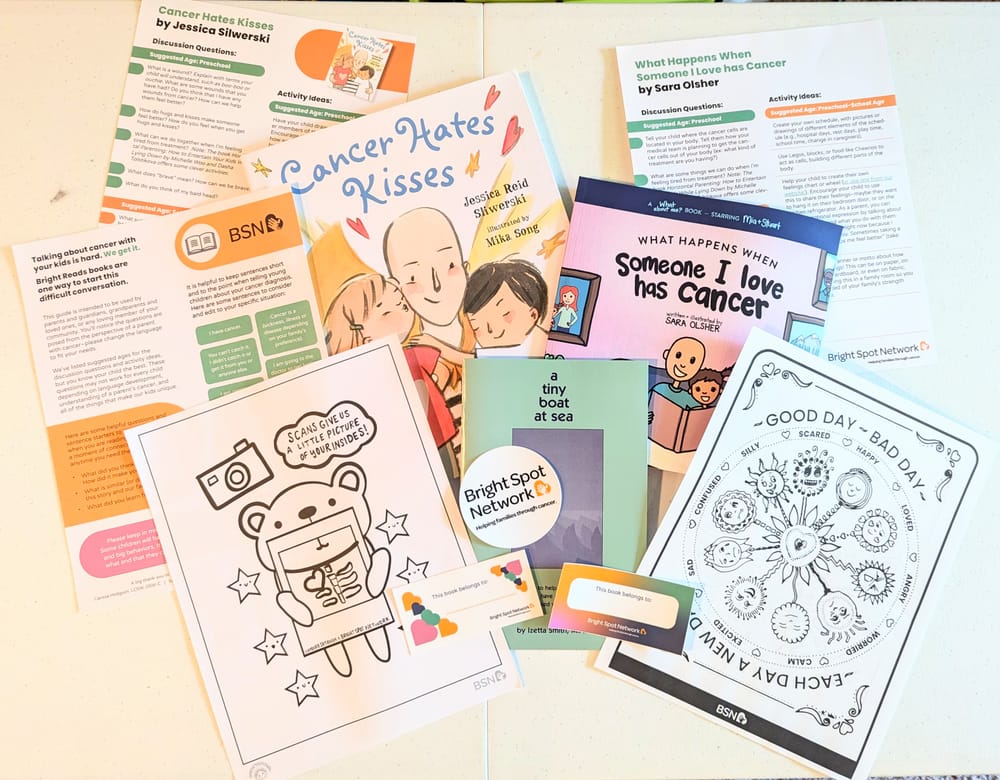Written by Jasmine Dionne Souers
Did you know 80% of young women diagnosed with breast cancer find their breast abnormality themselves according to the Young Survival Coalition? At the age of 25, I was one of those young women. I was well below the screening guideline recommendations, unsure of what it meant to be high risk, and completely unaware of the best screening options for women under 40.
By now, I’m sure you’ve seen the headlines: “American Cancer Society (ACS) No Longer Recommends Clinical Breast Exams or Breast-Self Exams.” Their reasoning? According to ACS, “There is very little evidence that these tests help find breast cancer early when women also get screening mammograms.” This is the best guidance for women with average risk; however, ACS encourages women to “be familiar with how their breasts normally look and feel.”
I’m not a big champion of further lowering the mammogram screening age as much as I champion earlier risk assessments and access to more effective screening methods for young women. According to Mayo Clinic, young women are more likely to have dense breasts, meaning their breast tissue looks solid white on a mammogram. Having dense breasts can sometimes cause breast cancer to go undetected on mammograms – unfortunately, I happened to be in that number as well.
But when I didn’t receive additional screening and instead received an inaccurate diagnosis, breast-self exams helped me advocate for better care.
Knowledge of self is power
After a couple months of experiencing breast pain that seemed to be in sync with my menstrual cycle, a breast self-exam revealed additional symptoms, such as swelling and nipple discharge.
I didn’t know you could have breast cancer and not feel a lump or that people could have variations of symptoms.
I knew breast cancer “ran in my family,” but I didn't know what that meant for my personal breast cancer risk.
I didn’t know I had dense breasts until after I had my first mammogram, which under normal circumstances, I wouldn’t have received until many years later.
And I didn’t ask about additional screening methods like a breast MRI because I didn’t know there were more options beyond a mammogram or ultrasound.
In a situation where there was so much I didn’t know, I did know what I was feeling and seeing in my body wasn’t normal for me – even when nothing else could confirm it.
About 6 months after I was misdiagnosed, I brought up my concerns to a different provider. This provider felt my observation of persistent symptoms was enough to warrant further testing. It was her belief in my understanding of my body that started me on the road to an accurate diagnosis.
How to advocate for yourself against all odds:
Knowing what I know now, I am much better equipped to advocate for my health.
Here are three tips that have helped me along the way:
- Seek clarity and ask questions.
When the test results from my first mammogram revealed I had dense breasts and additional screening may be needed, I assumed many things.
I assumed that if additional screening was needed, my primary care physician would suggest it. I assumed the additional screening would be a repeat of the mammogram I had just passed because it was the only screening tool I knew of. And because I assumed mammograms were the only screening tool, I also assumed it was always accurate.
Instead of making assumptions, this would have been a great opportunity for me to seek clarity regarding the test results and her suggested diagnosis with questions like:
- What does “dense breasts” mean?
- What are my options for additional screening?
- What do I do if the symptoms don’t improve?
- What factors have led to your suggested diagnosis?
- If my family history makes me high-risk, what should we do differently moving forward to monitor this?
(Bonus tip: If you’re ever unsure about something your doctor says, try repeating back the information to your provider in your own words. This will give them the opportunity to affirm or correct your understanding).
- Do your own research.
Everyone told me I was “too young” to have breast cancer – the scary thing is I almost believed them. If I had known 4% of women diagnosed with breast cancer in the U.S. are under the age of 40 and Black women are more likely to be diagnosed under the age of 35, I would have known there was no such thing as “too young to have breast cancer” because someone has to be in that 4%.
Unlikely doesn’t mean impossible and that’s something you have to remember when you don’t feel heard by your providers. Doing your own research can help you have more productive conversations with your provider.
Here are some questions to consider during your research:
- What does normal look and feel like for you?
- What symptoms are you having?
- What conditions are aligned with your symptoms?
- What screenings or tests are typically used to diagnose those conditions?
- Are these tests typically performed by a primary care physician or is there a specialist better suited to help you move forward?
- What are the latest treatments for the condition?
- Does your provider seem knowledgeable in your condition or should you seek a second opinion?
- Are there any barriers to you seeking treatment?
WARNING: Know when it’s time to log off. Please do your best to arm yourself with information to make informed decisions without creating unnecessary anxiety around unknown possibilities.
- Build a team you can trust.
Breast cancer wasn’t the first diagnosis my first primary care physician missed, but growing up, I never saw my parents “shop” for healthcare. We went to the doctors that were available and covered by our insurance, but we didn’t speak up when we disagreed with the treatment.
We actually laughed when we realized we were all being prescribed the same medication for various conditions. Our shared provider, instead of conducting thorough examinations, often dismissed every concern as "inflammation."
We didn’t see these experiences as receiving poor healthcare; we accepted them as normal. Unfortunately, while these experiences might be normal for many people, they certainly shouldn’t be accepted.
What does a trustworthy provider look like to you?
For me, a trustworthy provider is someone who listens to me and is willing to explain what I don’t understand.
I trust providers who aren’t angered by my questions and seek answers for the questions they don’t have immediate answers to.
I trust providers who balance the latest research with their experience.
I trust providers who give me all the information, especially the benefits and risks of their recommendations.
I trust doctors who want to know how I feel about their recommendations and care about what I want beyond being treated for a condition.
Determine what a trustworthy provider looks like to you and be willing to make trades until you build the right team.
Start feeling yourself
And I mean this literally and figuratively. If you’d like to learn how to do a breast-self exam, it’s pretty easy and Know Your Lemons has a great app that can walk you through it step-by-step.
But if you’d like to be the boss of your body, the decision is yours. From the White House to the white coats, when you know your body and what you need, you have the power to advocate for yourself and the care you deserve.
We want your feedback!
Did you learn something helpful or find a new resource? Tell us how we're doing by completing a short 5-question survey and get the chance to win a $25 Amazon gift card.
Take the Survey